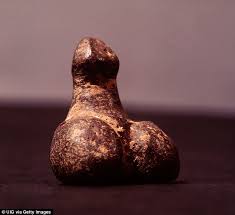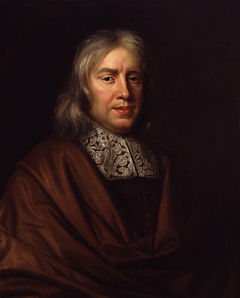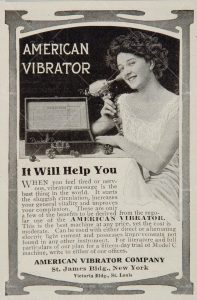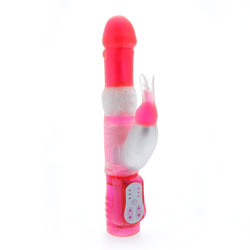A journey into the mysteries and myth of sex toys – History of the Vibrator- Mary Clegg
Lets start with the History of the Vibrator

Stone Phallus 28,000 years old
Sex Toys have been around for many years and are now in common use. A sculpted and polished phallus estimated at 28,000 years old was found in Germany and is among the earliest representations of male sexuality ever uncovered. In China circa 3000bc highly ornate ivory dildos were much prized. Indeed the use of vulval massage as a therapy for “hysterical” patients dates back to Hippocrates in 5th-4th century BC.

Thomas Sydenham (1624-1689)
By the 17th century, hysteria was regarded as a very common disease, second only to “fevers” in its incidence. According to the physician , hysteria was a neurological disorder caused by hereditary problems in the nervous system. He used hypnosis to induce a state of hysteria in patients and studied the results. This started the quest for mechanical devices to “cure” hysteria. One such the Tremoussoir or Percuteur was invented in France as early as 1734. A wind up mechanism was used to produce a vibratory effect. These devices were usually made of ivory or bone and brass. Hydriatic massage technologies, directing high pressure water on the female genitalia, were also available in Pennsylvanian Spas in the 1760s. Pelvic douches at European spas, circa 1860, became very popular and widely prescribed as treatment for hysteria. They had drawbacks, though: they were messy, expensive, and not very portable.

“Medicinal Massage”
By the end of the 19th century, masturbation was seen as deviant behaviour and, given that women were thought incapable of orgasm and thus free from sexual desire, inappropriate for females. Some physicians treated “female hysteria” – whose symptoms included insomnia, irritability, nervousness, or “excessive moisture inside the vagina” with what was termed “medicinal massage” This involved inserting a finger into the vagina and gently rubbing the woman’s genitalia. This led to “paroxysm”, a sudden outburst in the patient which doctors believed was not orgasm. Not surprisingly, this became a cash cow for the medical profession. Women had to return week after week, year after year. But doing it by hand was exhausting, tedious work; some women had to be massaged for an hour before they reached paroxysm.
In 1869 George Taylor invented a steam-powered vibrator called the Manipulator, but it wasn’t until 1883 that a Joseph Mortimer Granville invented the electric vibrator, not as a sexual device but to massage muscles. The vibrator became available in the United States as a consumer appliance in 1899, becoming the first personal-care electrical appliance. Vibrator innovation was in fact a driving force behind the creation of the small electric motor. Hamilton Beach, a USA company, patented its first home version vibrator in 1902 making the vibrator the fifth

electrical appliance to be introduced into the home, after the sewing machine and long before the electric iron. Advertisements were regularly placed in respectable magazines for vibrators and every husband was encouraged to get one for his wife.
With the advent of motion pictures came pornographic films and when men realised how these machines were being used by women, vibrators were withdrawn from ordinary commercial distribution and even outlawed in some States – even to the 21st Century. By the 1930s, vibrators all but disappeared from home magazines, only to resurface in the 1960s as sex-toys complimenting the “Swinging 60’s”.

Jessica Rabbit Vibrator
Using Sex Toys as aids in masturbation has until recently never been acknowledged. There is a paucity of material and research around the use of sex aids since there is not the weight of the pharmaceutical industry to support it. However in the past 10 years several clinicians and therapists have explored sex aids’ use with regard to particular sexual dysfunctions in men and women with I may add moderate success. So perhaps there is a role for Jessica Rabbit in a clinical setting.
About the author